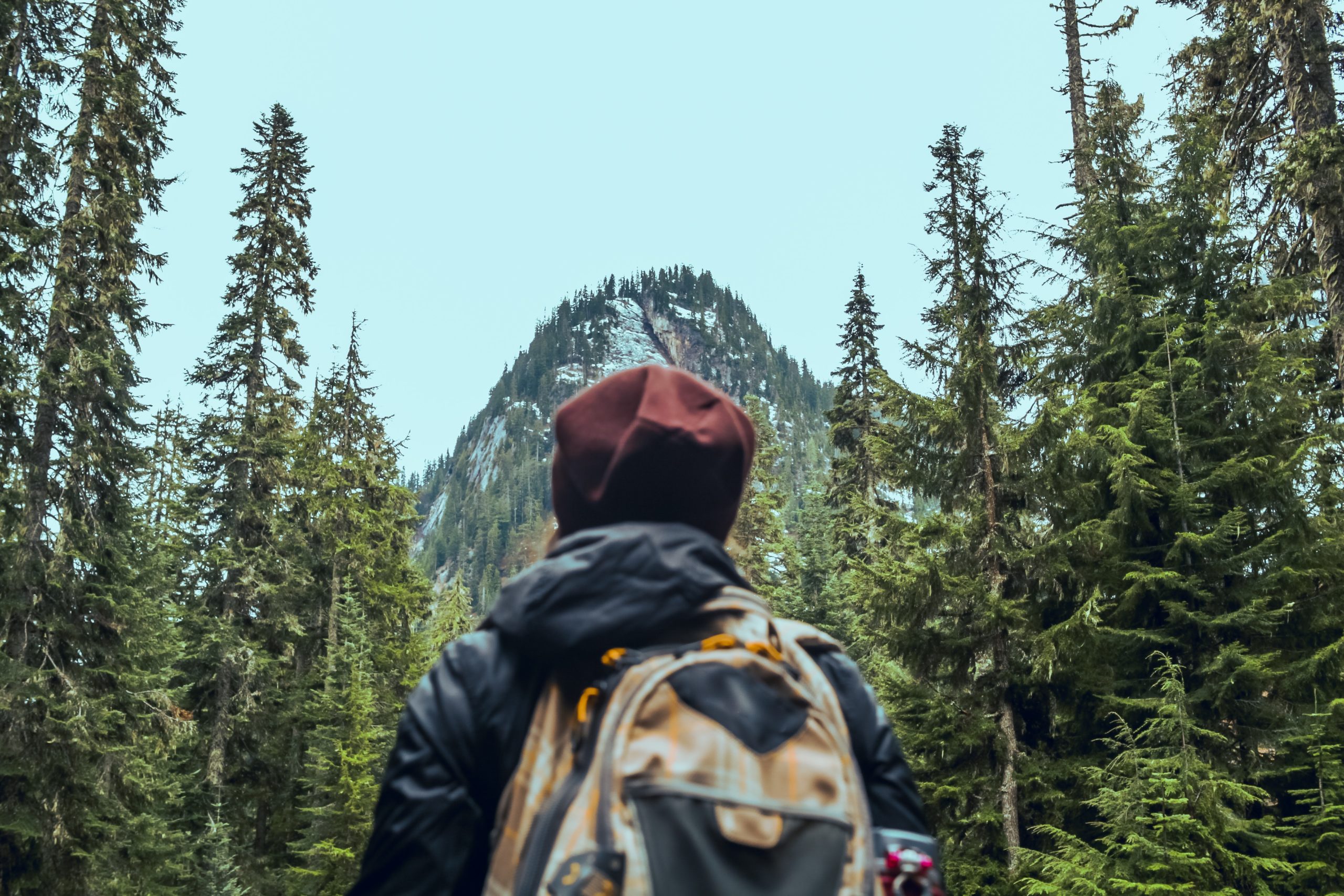Conservation is top of mind for a lot of folks in the Pacific Northwest. Being surrounded by such a lush, green landscape, a majority of people escape out into the wilderness recreationally. There are a plethora of outdoor activities from which they can choose: from hiking to climbing and bouldering to mountain biking to skiing and snowboarding to so many others. During the pandemic, despite the forest service shutting down a lot of trails and recreational spots in Oregon, many people turned to the great outdoors to socialize from a distance. But 2020 also saw a rash of horrific forest fires which swallowed more than 1.2 million acres of greenery in Oregon alone and displaced hundreds of people. After the destruction of 2020, as more and more people embrace the outdoors, hopefully those same people turn to conservation and help protect the lands they’re exploring.
One of those people who escaped to the outdoors during the pandemic was Josephine Woolington; the slowdown of the pandemic shifted her perspective of the wilderness that she had been exploring for years and inspired her to write Where We Call Home, which launched on November 15, 2022. Woolington’s book is a collection of essays detailing a variety of native Pacific Northwest species, from the beautiful camas flower to the humble western bumble bee to the great gray whale. Woolington’s essays focus on the history of each species, illustrate the importance of each species to the various Native peoples of the lands, and bring to light the importance of conservation of each species. She believes, “once you know who [what] someone is, then you appreciate them more, and eventually, you feel obligated to stand up for them.”
Where We Call Home describes ten important species and how each of those species is vital to the Pacific Northwest. Many of these species have been historically important to various Native peoples of the area. “[These] culturally significant species are especially important for readers to know so non-Native people can respect and honor the traditions and relationships that Native people have had with these landscapes since time immemorial. Learning about Indigeneous land management also challenges the Western idea that humans are separate from their ecosystems.” Woolington has done a fantastic job of recording how tribes have respected and used the land and species in the past, and how today’s conservation efforts, while obviously important, frequently “legislate Indigenous communities out of their landscapes, violating treaties that preserve tribal rights to hunt, fish, and gather in their usual and accustomed areas.”
Where We Call Home encourages an enduring respect for the native wildlife of the region. Thankfully, its essays don’t leave readers feeling gloom and doom. Rather, the essays inspire readers to learn more about the lands that surround them and encourage people to take an interest in its history. One of the most important takeaways from Where We Call Home is that “conservation efforts can often be misled, as many organizations’ staffers are mostly white, and they often don’t involve enough or any Indigenous voices in restoration projects.” If we can take a look at the way Indigenous peoples have preserved the land they live on, we have a chance to restore the magnificence of the PNW, and continue to enjoy its beauty for generations to come.

